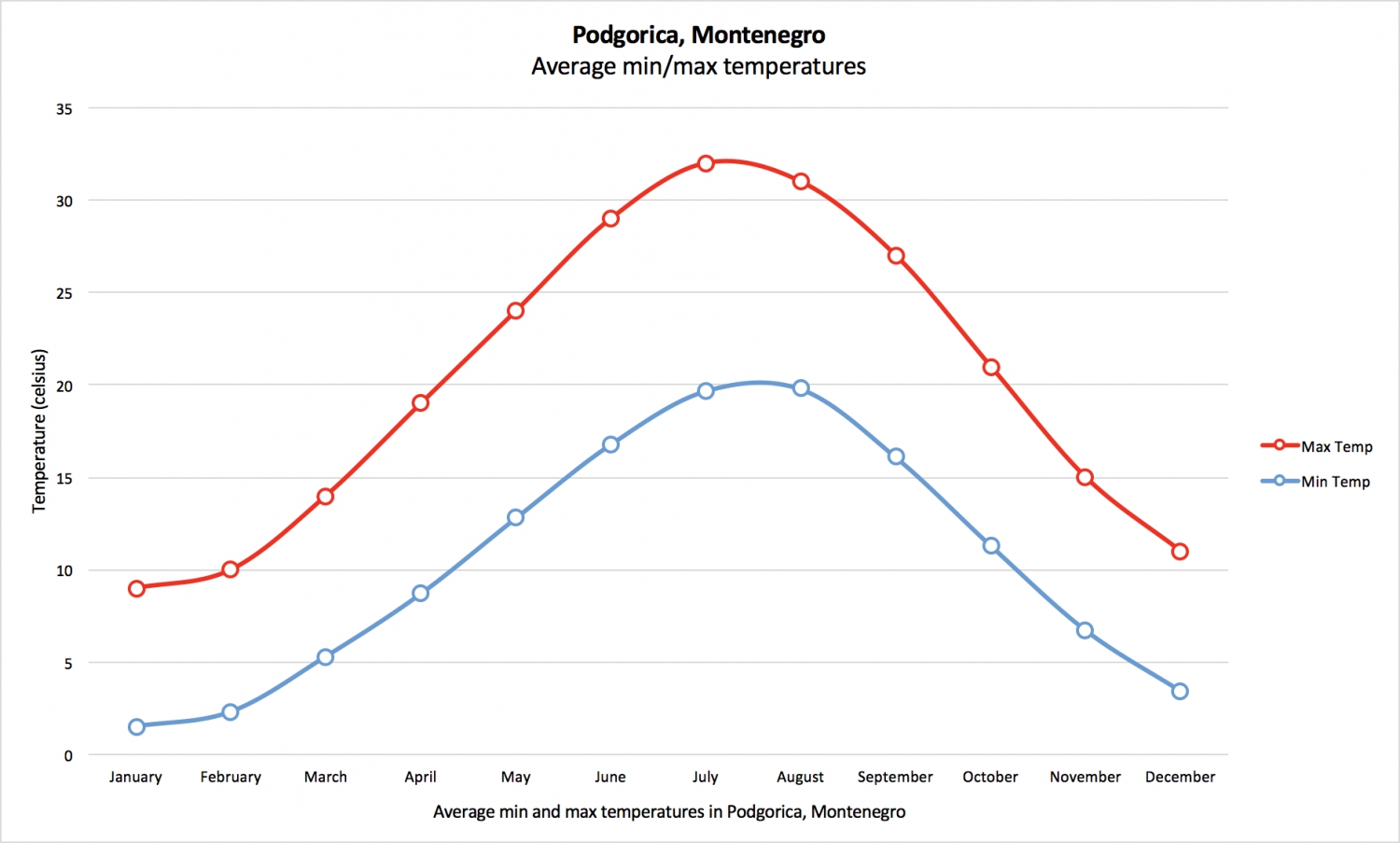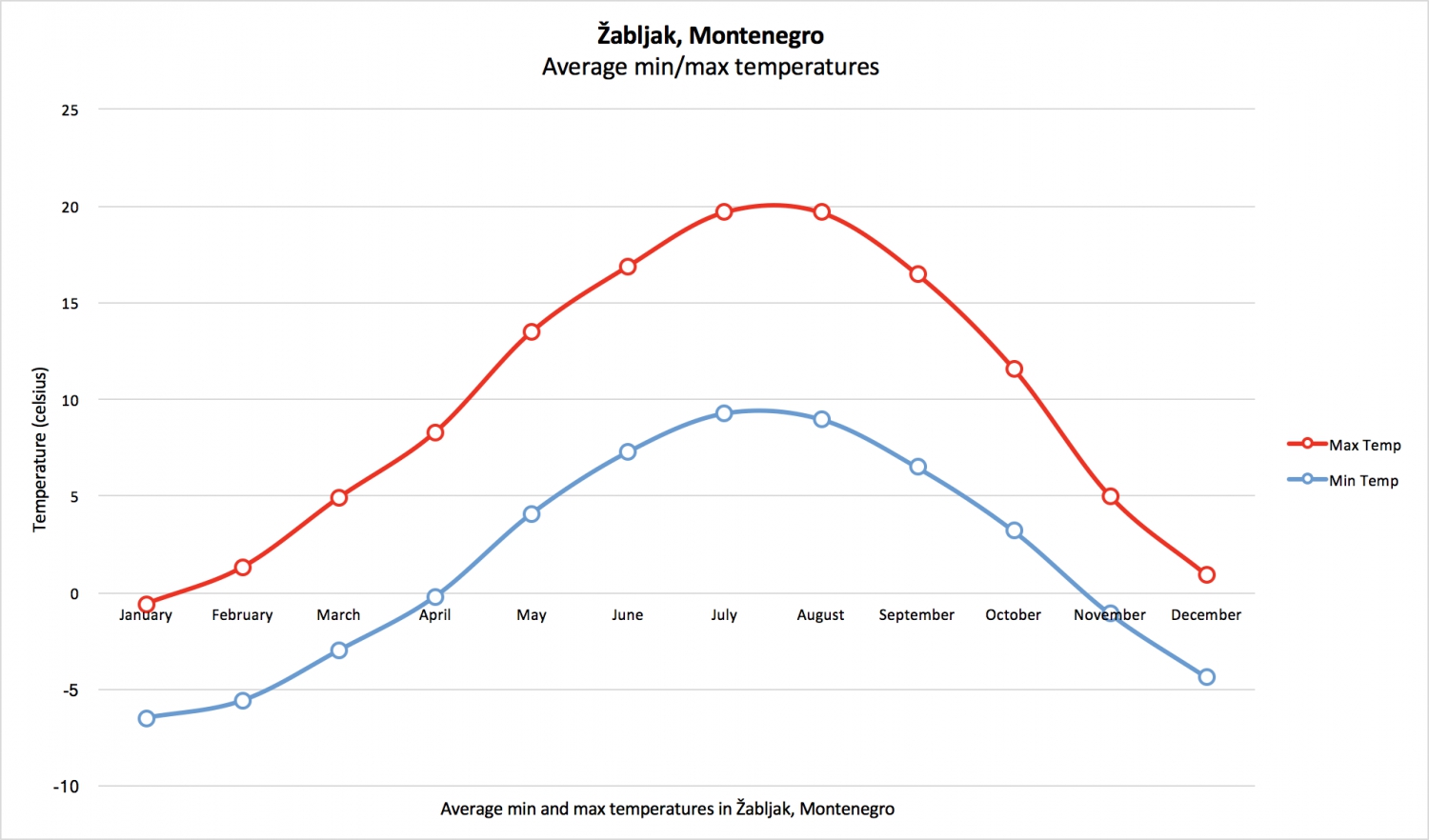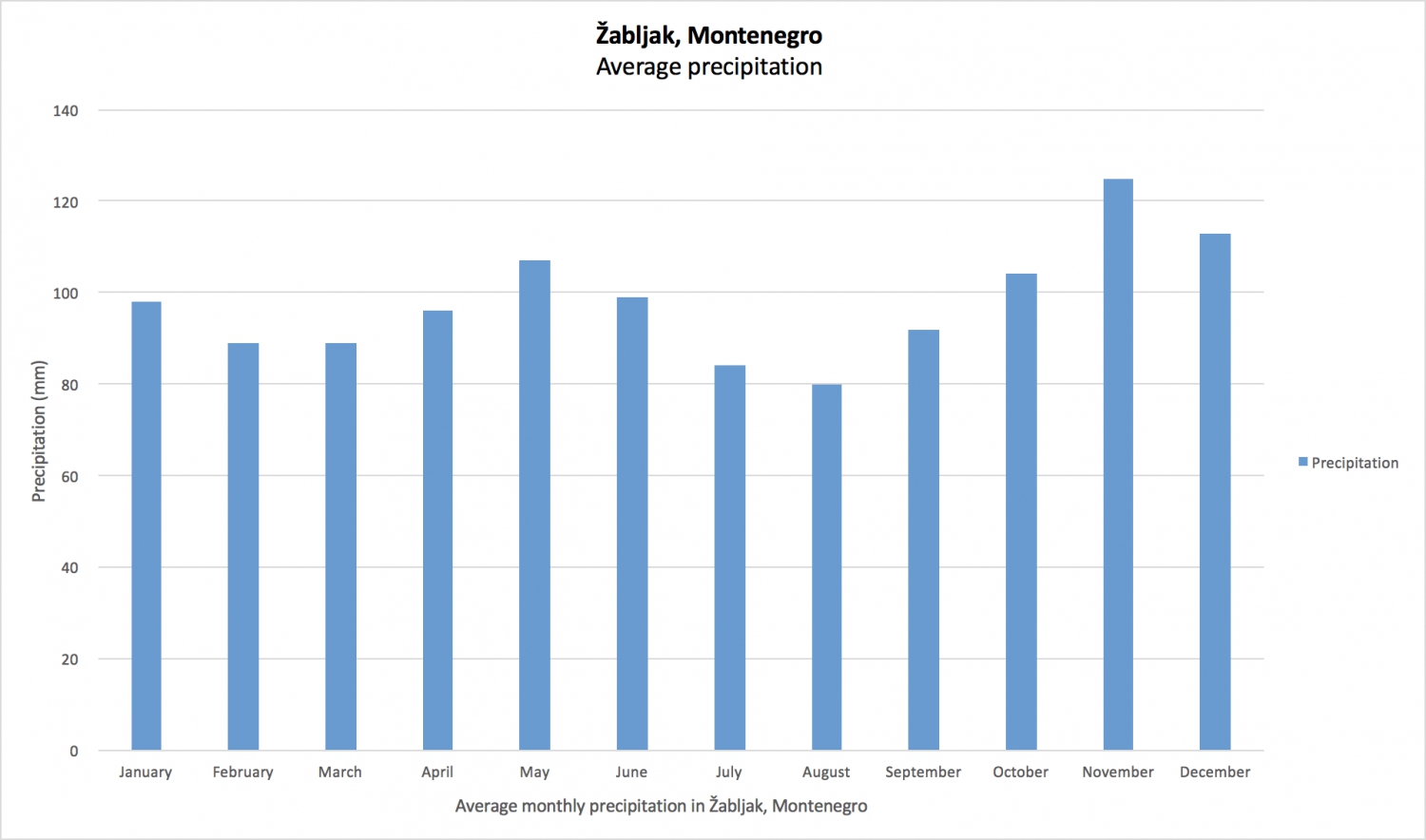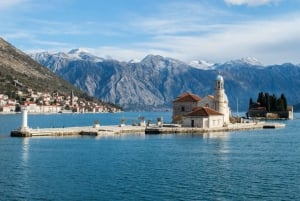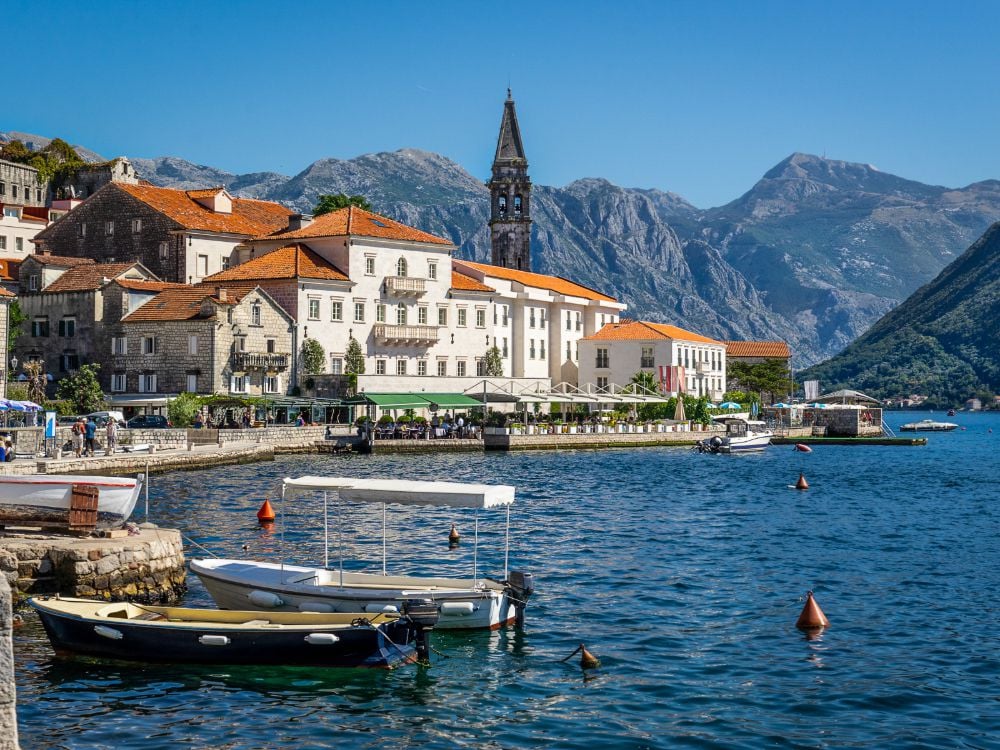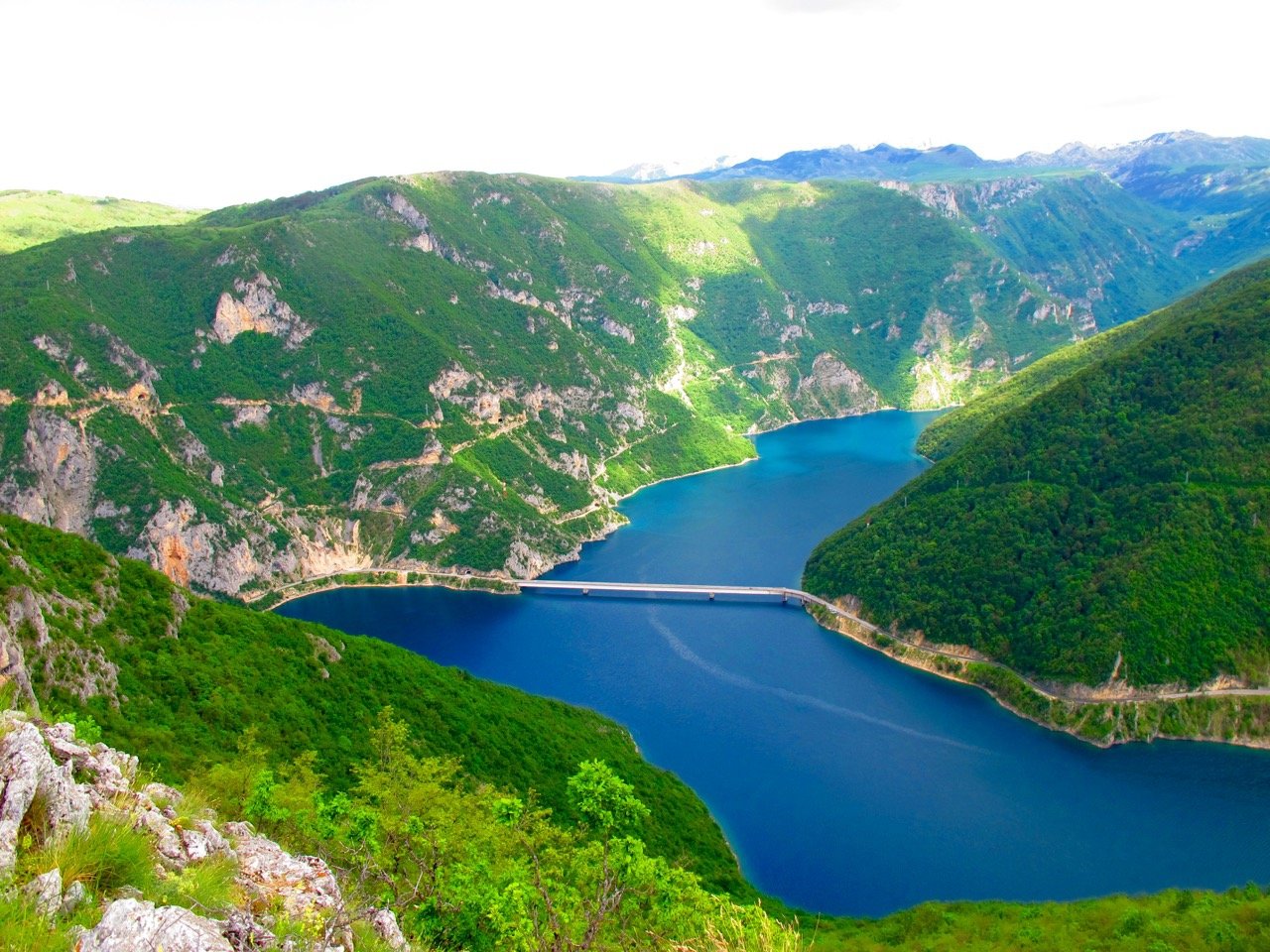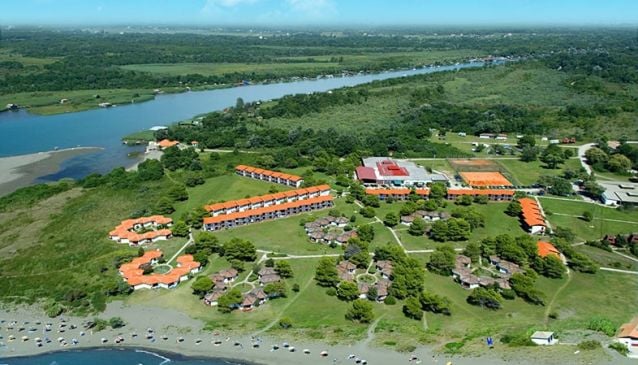Weather in Montenegro
Clouds (broken clouds)
 13 °C
13 °C
Humidity: 68% Pressure: 1008 hPa Wind: 2 km/h SW
Current Weather Forecast for Montenegro
| Time | 10:00 AM | 1:00 PM | 4:00 PM | 7:00 PM | 10:00 PM |
| Conditions |  broken clouds broken clouds |
 broken clouds broken clouds |
 few clouds few clouds |
 clear sky clear sky |
 clear sky clear sky |
| Temperature | 13 °C | 14 °C | 14 °C | 15 °C | 15 °C |
| Wind Speed | 2 km/h | 4 km/h | 4 km/h | 2 km/h | 3 km/h |
| Wind Direction | SW | W | W | SW | SW |
| Humidity | 68% | 67% | 64% | 57% | 61% |
| Time | 1:00 AM | 4:00 AM | 7:00 AM | 10:00 AM | 1:00 PM | 4:00 PM | 7:00 PM | 10:00 PM |
| Conditions |  light rain light rain |
 light rain light rain |
 light rain light rain |
 scattered clouds scattered clouds |
 light rain light rain |
 overcast clouds overcast clouds |
 overcast clouds overcast clouds |
 overcast clouds overcast clouds |
| Temperature | 14 °C | 14 °C | 14 °C | 14 °C | 14 °C | 15 °C | 16 °C | 15 °C |
| Wind Speed | 2 km/h | 4 km/h | 4 km/h | 4 km/h | 3 km/h | 2 km/h | 4 km/h | 3 km/h |
| Wind Direction | SE | E | E | SE | S | SE | SE | E |
| Humidity | 60% | 66% | 66% | 68% | 69% | 66% | 67% | 69% |
| Time | 1:00 AM | 4:00 AM | 7:00 AM | 10:00 AM | 1:00 PM | 4:00 PM | 7:00 PM | 10:00 PM |
| Conditions |  overcast clouds overcast clouds |
 overcast clouds overcast clouds |
 overcast clouds overcast clouds |
 broken clouds broken clouds |
 scattered clouds scattered clouds |
 clear sky clear sky |
 clear sky clear sky |
 clear sky clear sky |
| Temperature | 16 °C | 16 °C | 16 °C | 17 °C | 17 °C | 17 °C | 17 °C | 17 °C |
| Wind Speed | 2 km/h | 3 km/h | 2 km/h | 1 km/h | 3 km/h | 6 km/h | 5 km/h | 4 km/h |
| Wind Direction | NE | E | NE | S | W | NW | NW | NW |
| Humidity | 60% | 61% | 58% | 54% | 54% | 64% | 72% | 71% |
| Time | 1:00 AM | 4:00 AM | 7:00 AM | 10:00 AM | 1:00 PM | 4:00 PM | 7:00 PM | 10:00 PM |
| Conditions |  clear sky clear sky |
 clear sky clear sky |
 clear sky clear sky |
 clear sky clear sky |
 clear sky clear sky |
 clear sky clear sky |
 clear sky clear sky |
 clear sky clear sky |
| Temperature | 17 °C | 17 °C | 17 °C | 18 °C | 18 °C | 18 °C | 18 °C | 18 °C |
| Wind Speed | 1 km/h | 1 km/h | 1 km/h | 2 km/h | 5 km/h | 6 km/h | 6 km/h | 3 km/h |
| Wind Direction | NE | SE | NE | W | NW | NW | N | NW |
| Humidity | 67% | 69% | 70% | 61% | 66% | 69% | 71% | 69% |
| Time | 1:00 AM | 4:00 AM | 7:00 AM | 10:00 AM | 1:00 PM | 4:00 PM | 7:00 PM | 10:00 PM |
| Conditions |  clear sky clear sky |
 clear sky clear sky |
 clear sky clear sky |
 clear sky clear sky |
 clear sky clear sky |
 clear sky clear sky |
 clear sky clear sky |
 clear sky clear sky |
| Temperature | 18 °C | 18 °C | 18 °C | 19 °C | 19 °C | 19 °C | 19 °C | 19 °C |
| Wind Speed | 3 km/h | 2 km/h | 2 km/h | 2 km/h | 5 km/h | 7 km/h | 6 km/h | 2 km/h |
| Wind Direction | E | NW | NE | S | W | NW | N | E |
| Humidity | 65% | 71% | 70% | 69% | 68% | 71% | 68% | 66% |





